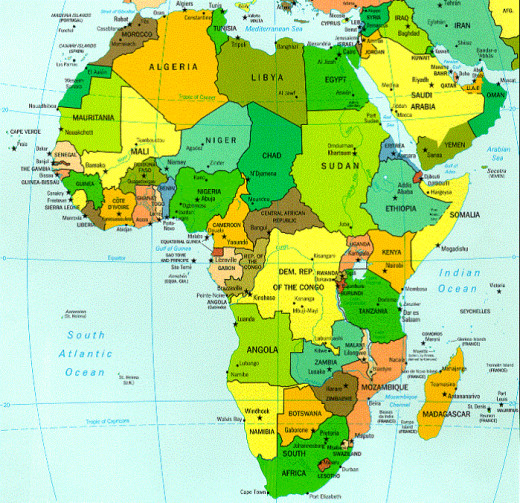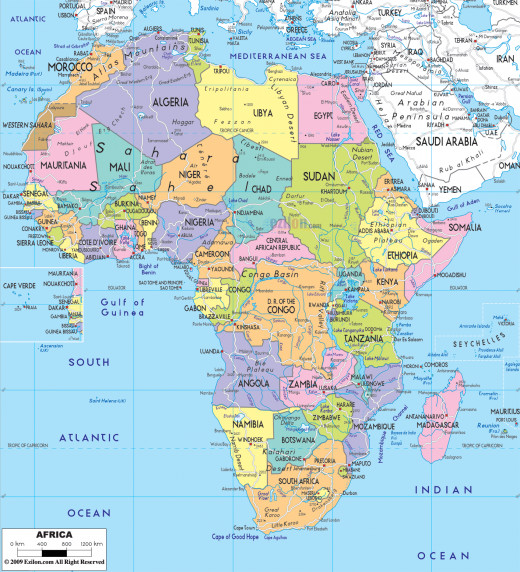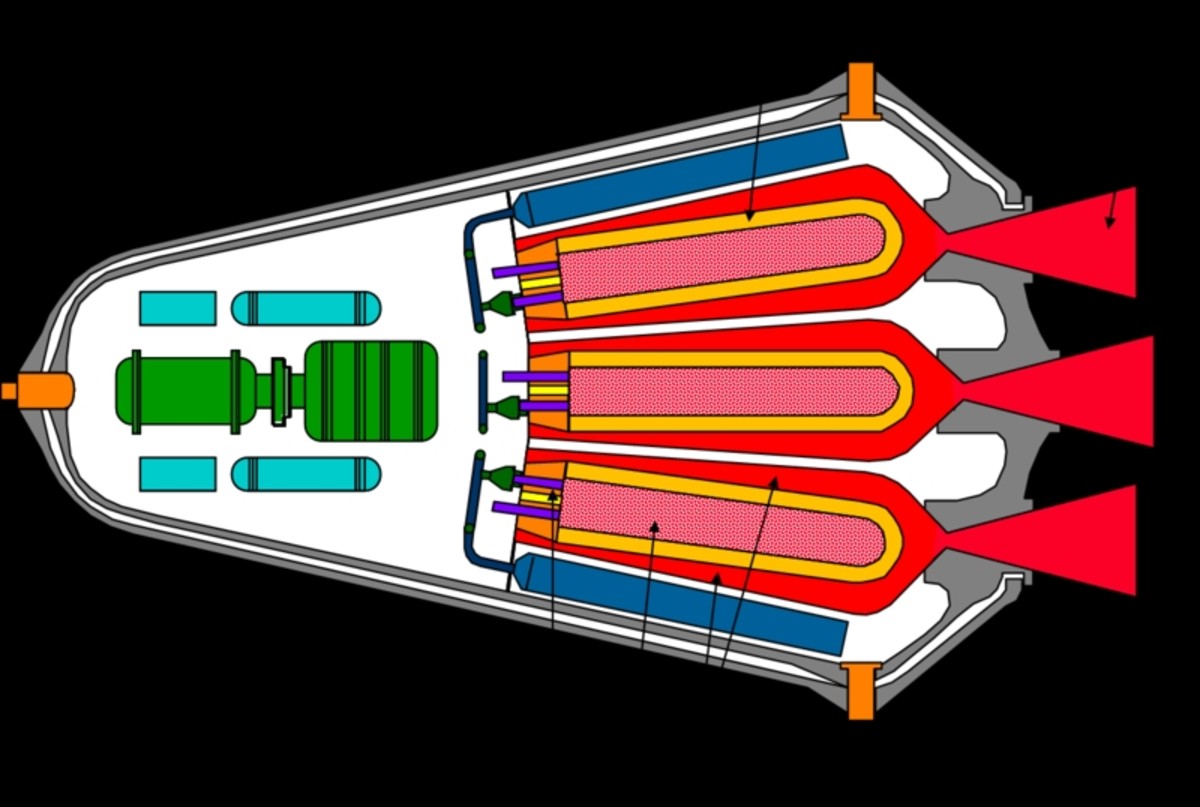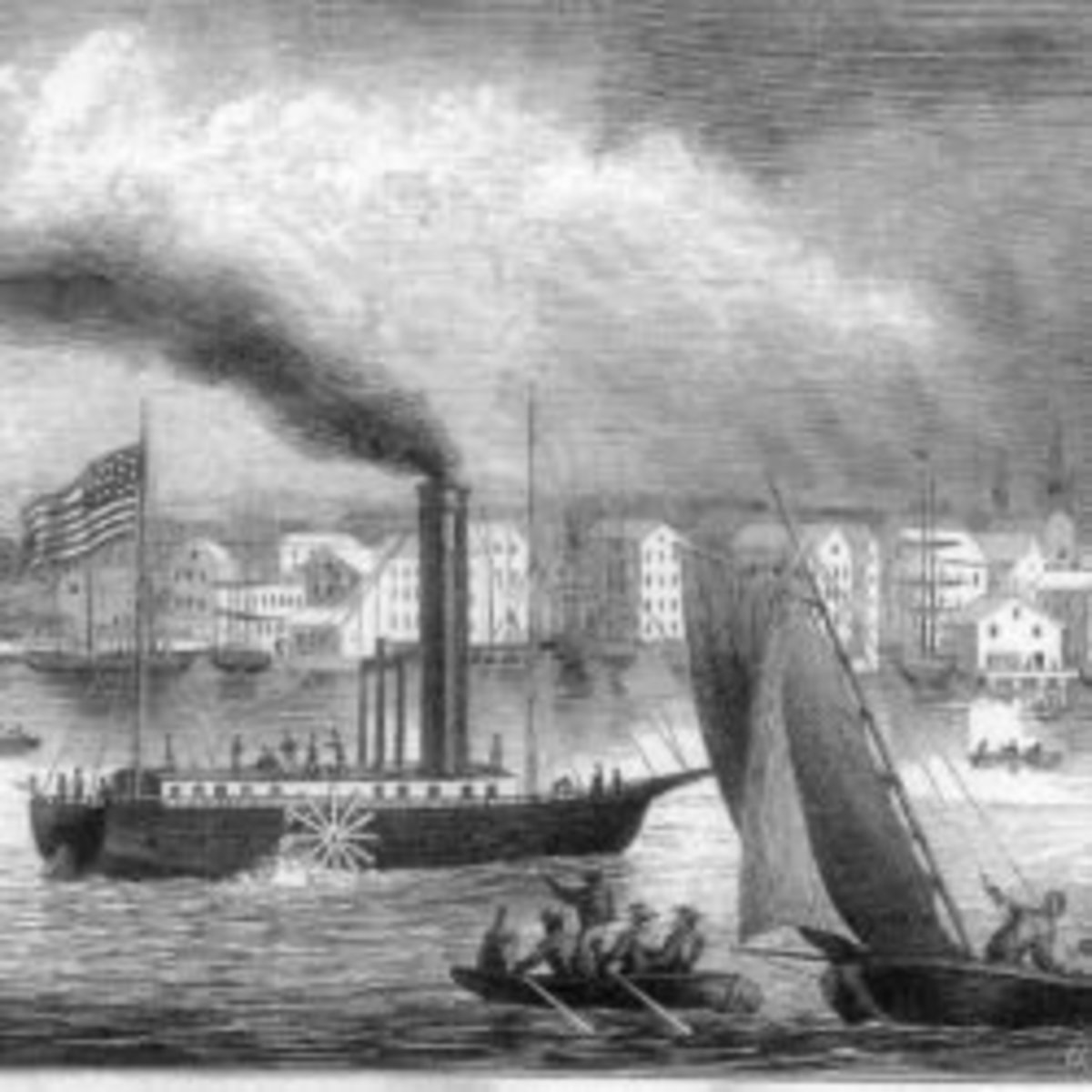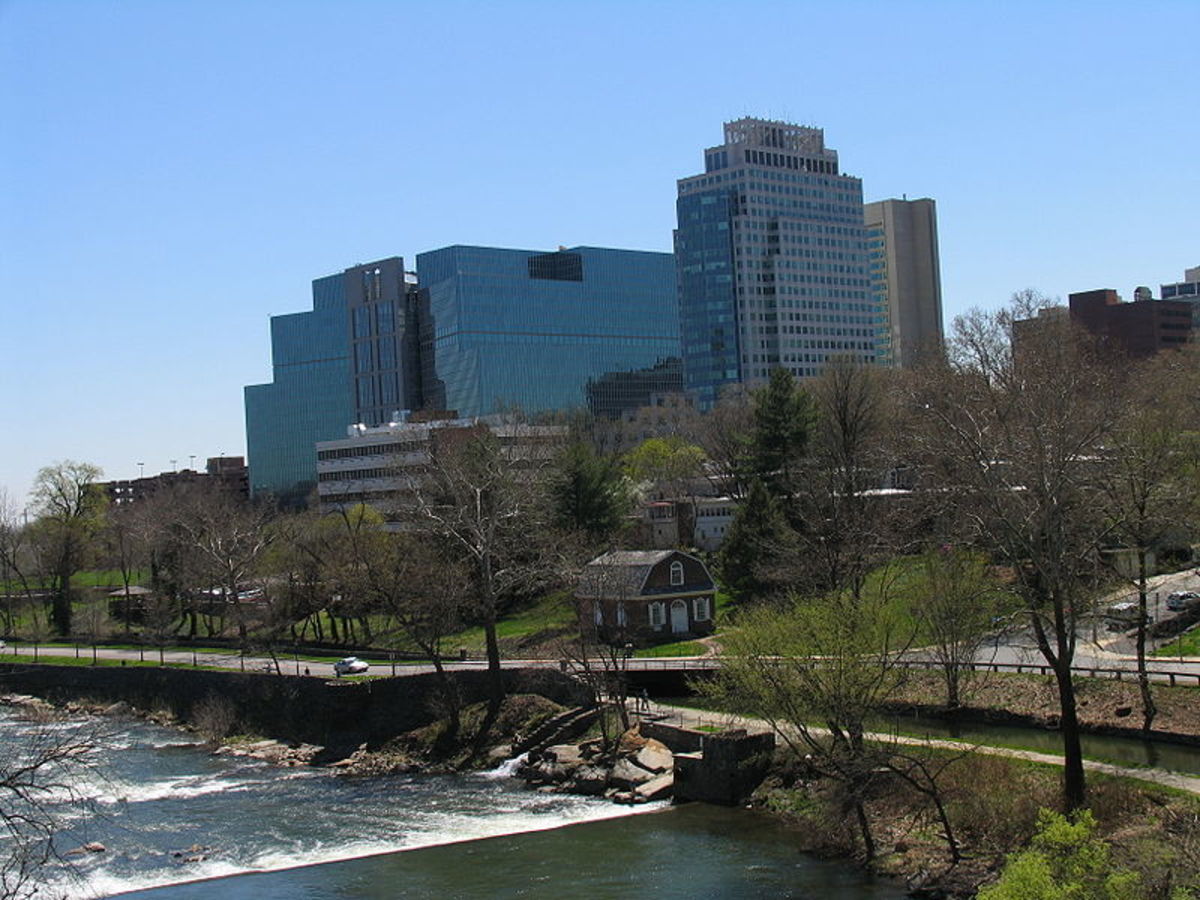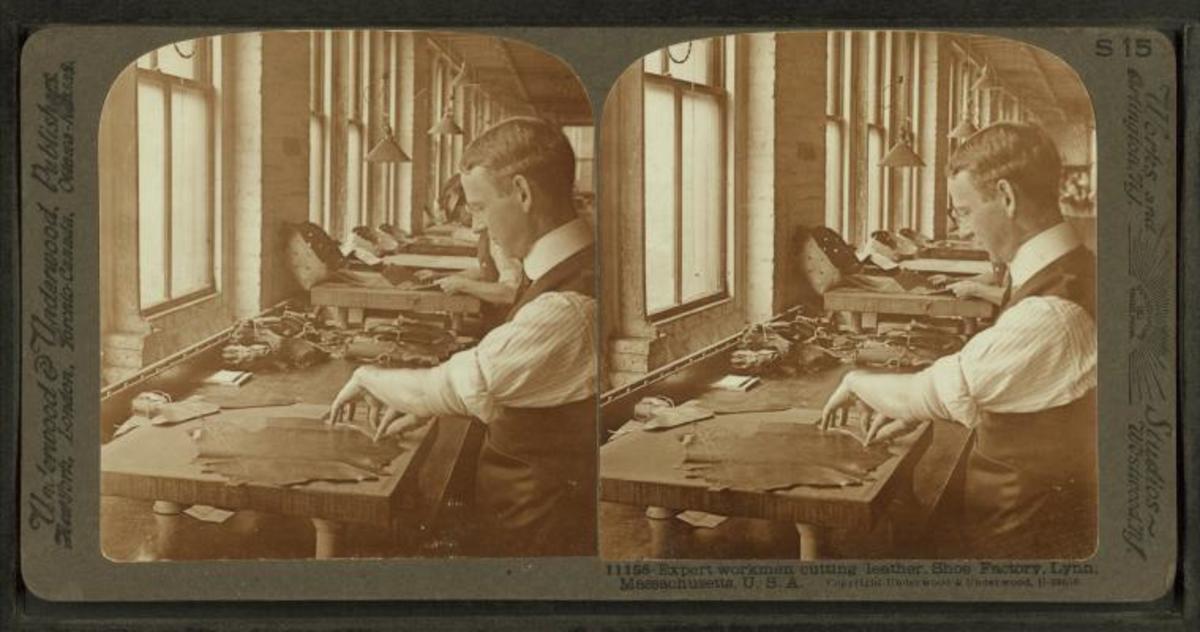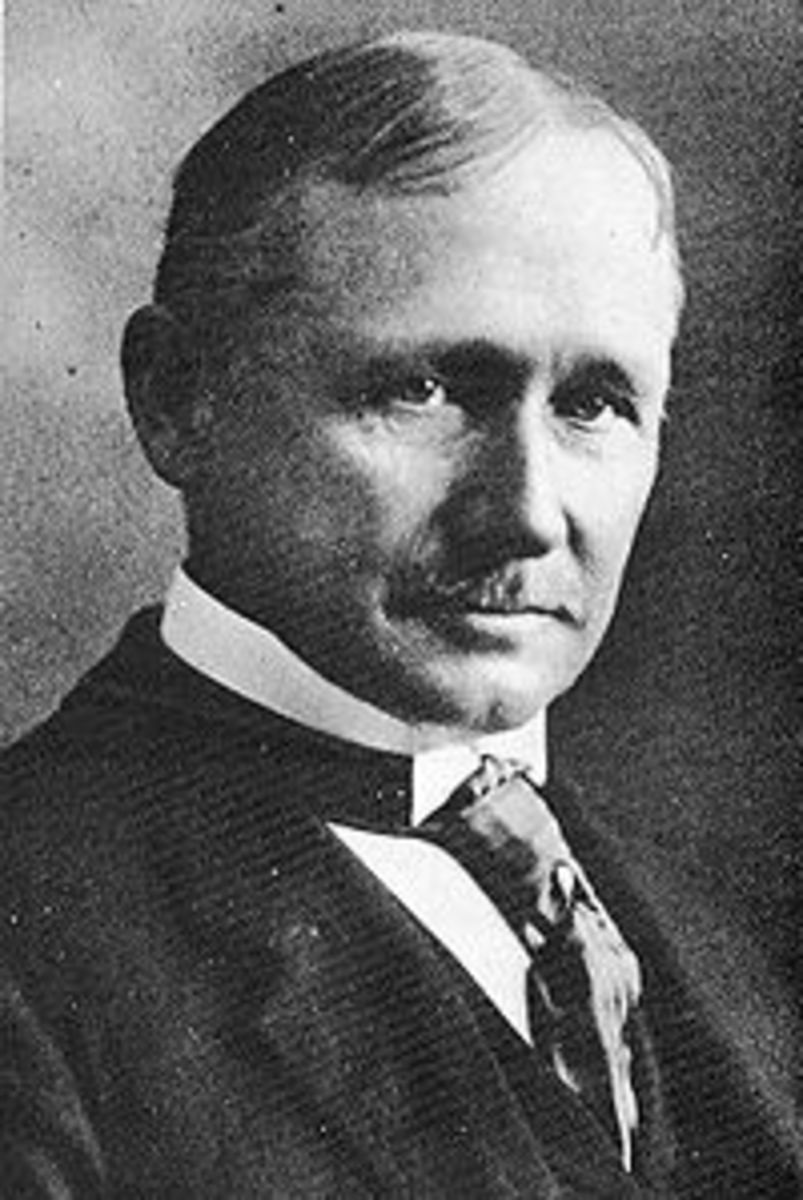Smart Cities and Intelligent Urbanization-Global North and South exchange Programs
Some examples of 'smart cities':
In the 21 Century we have 'smart' and 'global' cities. One can do all business imaginable and be done with at one spot. These cities include: Gujarat International Finance Tec-City, India; Nano City, India; Putrajaya, Malaysia; King Abdullah Economic City, Saudi Arabia; Sejong City, South Korea; Sun City; South Africa; Songdo International Business District, South Korea; Dubai Waterfront, UAE; Dubai World Central, UAE; Masdar City, UAE; Tirana, Albania; New York, USA; Arlington, Virginia;
'Smart cities' and twinning as a model for 'intelligent' urbanization; lessons for Global South countries
A city:
A large place where many humans live, located at a given point is called a city or town. In this location, people have been organized in different categories and live side by side. In this setting humans are able to predict and harness their environment. They are able to make forecasts, are aware where to give or get services. They are able to produce food, store it and use it to address future needs. Other social needs: dialogue among people, conflict-resolution, grazing of animals, treatment of ailments and habitation are addressed too in this setting. In these settings there are those who take on leadership and advisory roles. These people are trusted with a lot of issues. They in turn provide advice and are known to generate thought processes for solutions. There are other people who engage in other activities like: army, navy, agriculture, medicine, administration, construction, artisanry, innovation and repairs. Cities have become citadels of comfort and confidence. They have built into the status and symbolism of societies. Cities have been spaces in which both peace and war took place. Over time cities have been shelters and refugee destinations. Humans have learnt from the experiences of history that inhumane treatment of others, poor waste disposal, poor urban planning and many other wrong practices can lead to diseases, epidemics and death. All this knowledge came about when humans learnt to live in cities. There have been lessons learnt. These lessons have emerged into aesthetic architecture and well planned cities.
How cities have evolved:
Some cities came into existence as a result of being the homes of kings, queens, emperors, presidents, chiefs and other leaders. They got names whose meaning referred to habitation of the leaders. More people settled around this habitation because they were assured of security and proximity to their leaders. Bigger numbers of people were located at one point. They took on organized coexistence. Cities were not only named after habitation. Some took on names of physical features in the vicinity like: rivers; lakes; seas; mountains; hills; ambiance; valleys; and climate. This is known as adopting an eponymous name. But that was not all there was when it came to names. Cities are metaphors or given literal names. They are given names with a purpose or goal or as a belief statement. In such cities one can find: World trade centers; research; aeronautical engineering; pilgrimage sites; and health spas. Cities have been in existence as far back as 10,000 BCE. Legends talk of Ophir in Africa, Babel, Gomorrah and Sodom on the Arabian Peninsula. Byblos in Lebanon existed around. Byblos in Lebanon was in existence by 5000 BCE; Damascus in Syria existed as far back as 4000 BCE; Sidon and Tyre in Lebanon existed by 4000 BCE; Argos and Athens in Greece existed between 5000-4000 BCE; Rome was in place by 753 BCE; Thessaloniki was in place by 315 BCE; Tbilisi existed by 500AD; London was established around 43 AD; Paris was established in 52 BCE; Lisbon was in place by 1200 BCE; Varanasi of India existed in 1200-1100 BCE; Balkh in Afghanistan was in place by 1500 BCE; Luoyang in China was in place by 2070 BCE; Osaka in Japan was in existence by 400 AD; Carthage and Utica in Africa existed by 1000 BCE; Axum in Ethiopia was in place by 400 BCE; Thebes (Luxor) in Egypt was in place by 3200 BCE; Faiyum in Egypt existed by 4000 BCE; Alexandria in Egypt existed by 332 BCE; Yeha in Ethiopia existed by 700 BCE; Lamu in Kenya existed by 1300 AD; Cape Town in South Africa existed in 1652; the extensive Zimbabwe stone houses of the Monomotapa Empire existed by 1400 AD; Bigo reed cities of the Cwezi Empire existed by 100 AD; the Mansa (ruler) built the Timbuktu, Gao, Dia and Djenne Cities in the Mali/Ghana/Songhai Empire by 1200 AD.
Twinning and the concept of sister cities
Some uses of cities:
The existence of cities and towns has been used to human advantage. They are government seats, education destination, used as pilgrimage destinations, habitation and many other aspects. A recent model that can help in improving on human development is called Twinning.
Twinning:
Twinning has popularized the people-to-people diplomacy or what is termed as the 'citizen diplomacy.' Friendships and relationships are made based on specific features. These relationships have endured and have been used as good will to negotiate business deals.
The features that have brought about twinning of cities are:
-resemblances and similar city stories like being colonies of a similar colonialist. The similarities could be based on shared dates of establishment too.
-social cultural similarities or sentimentality in form of marriage or pacts have been basis of cities twinning. Following WW I and WW II many cities in Europe twinned as one way to heal wounds and provide opportunities to generate dialogue on issues. One outcome of this kind of twinning was the denunciation of inhumane acts and in their place adopt a culture of respect, dignity and conduct. Cities that twinned signed contracts to that effect. This has become a model in peace building and holistic development initiatives.
-education was an important point in twinning of cities. University cities made pacts amongst each other and exchange platforms were opened up. Planned sharing of resources was possible and this filled gaps and needs on either sides.
-Naming still plays a very important role in twinning of cities. Many cities have eponymous names following their proximity to rivers, lakes, mountains, volcanoes, large built or man-made establishments.
-Cities are twinned because they are a destination. Conversation about one immediately and seamlessly brings in the name of the sister city. We have Medina and Mecca or the twin cities of Minnesota as examples that immediately comes to mind.
-Twinning could be as a result of a port or research or the mutual mindfulness about the environment. The other mutual issues could be: human rights, economics, population size, size, demography, shared culinary culture and Diasporas.
Africa and its cities
Click thumbnail to view full-size
People-to-people citizen diplomacy
The USA pioneered and has formal citizen diplomacy through twinning. This was formerly the National League of Cities that later became the US Sister City Program. This was in 1956 under the US President Dwight Eisenhower. He launched the people to people, citizen diplomacy initiative was formally. Currently, it is Sister Cities International (SCI). It is a not-for-profit corporation. Its roles are: Strengthen partnerships; create partnerships between US and world communities. It reached the 2000 cities and 136 countries. It is a cultural exchange opportunity.
Outcomes of twinning:
This is what happens when twinning occurs.
-field studies
-exploration of areas of cooperation
-business opportunities
-planned talent exhibitions
-music performances
-sharing cultural experiences
-mutual friendships
-tourism
-business fares
-attendances at peace parks
-explore how cultures deal with life issues
-teacher exchanges happen
-it is possible to celebrate mutual events
-it is possible to make investments in sister cities (food, catering, services industries can have franchises). Profit-making and sharing models are passed on too.
Opportunities of twinning with US Cities:
In USA, twinning taps into the rich and existing experiences around leadership, organization and infrastructure gained over a long time. Countries like those in Africa can learn from this. The US Conference of Mayors; youth exchange programs and leadership training from the renowned Sister Cities International Boulder, Colorado Institute is beneficial to new and emerging 'smart' urbanization communities of Africa and other countries in the world. The Sister Cities International (SCI) Youth & Education Network is one stop worth of one's time. SCI has a mission to promote peace through mutual understanding and cooperation-one community at a time; and a goal to develop partnerships between US Cities, counties and states of similar jurisdictions in other nations.
The model used by the Sister Cities International Corporation:
1. It uses the sister model approach to create diplomacy
2. It promotes cooperation at municipal level
3. It promotes cultural understanding
4. It promotes dialogue that stimulates organization development, confidence, fulfilment and economic development
5. It links, registers, recognizes, coordinates and ensures relationships are made and maintained between cities, counties, municipalities, oblasts, prefectures, states, towns and villages.
Oldest cities in the world
Thebes was built along a large river. Where was it found?
The business sense in twinning
-two communities are joined to address a unique need. There is a contract binding and commitment to improve on each other. This is motivational and profitable.
-the partnership between communities promotes an understanding of cultures, conduct and the knowledge gained can improve on one's perspective about a region, country or people.
-opportunities to meet people in their environment and see how they interact or engage in work.
-it is industrial tourism, built areas tourism, conflict resolution tourism, peace-building tourism, rural-urban cultural tourism. It provides sense of assimilation and use of space by people.
-twinning between Global South and Global North Cities is a whole new experience. It is the face to face opportunity to experience an 'intelligent and smart' city for many. It is also an opportunity to demonstrate what works in the Global North
Business sense of 'smart cities' in general:
-It is possible to overcome reluctance, fear and venture into implementing what may otherwise be thought impossible. Travel widens one's perspective. Seeing is believing and touching is knowing. The technological experiences from long subways so many floors down connecting cities to their outlying vicinity and inter city location; tunnels with multilane roads; multistory tenements used as habitation for very many families; skyscrapers with large office space; and orderly management of cities are some of the examples. This feeds into the decision support and thought process of innovators and investors. Such examples and infrastructure can be replicated in the Global South. The heavy machinery required to do this and expertise from Global North to Global South creates mutual employment and education opportunities.
-The concept of 'new urbanism' or 'Global cities' where mixed use zoning allows many people to walk from one land use type to another has improved on the way cities have generated money and popularity. Housing, shopping, office space, leisure facilities are all within walking or driving distance.
-Smart cities or intelligent cities are using knowledge-based development, globalization of innovation, networks and broadband services to share best practices and information. They use this technology and communication to mobilize communities to embrace aesthetic practices. 'Smart cities' assume smart planning from day one. This is a recipe for efficient communities; they promote agreement and commitment to standard operating procedures; they create create critical numbers of agglomerations that focus on development. This creates resources and fosters quality competitiveness and innovation. These communities ensure the environment is well cared for, energy use meets emission protocols. The governance and democratization at micro-level is monitored. These spaces become models of quality life.
- The reliance on land-use planning with its features of: orderliness; regulation; efficiency; ethics; prevention of land-use conflicts; and safeguarding natural resources is a character that sets these communities apart.
-Systematic assessment of land and water, potential alternatives for land use and economic and social conditions in order to select and adopt the best land use options lends itself to professionalism and commitment by governments, investors, works and maintenance services.
Features of 'smart cities'
1. They are built, constructed and maintained according to existing environmental needs, they use the psycho-social models and have 'people in mind' when they are planned.
2. Geographic Information Systems (GIS) is relied upon when planning them. Their 3 dimensional location has: aerial view; topography; street names; zip code. Accessibility is easy in this context.
3. Transect planning describes character of land in physical terms. It ensures all developments around are known and safeguards the ecosystem.
Africa has a bigger percentage of Global south countries
